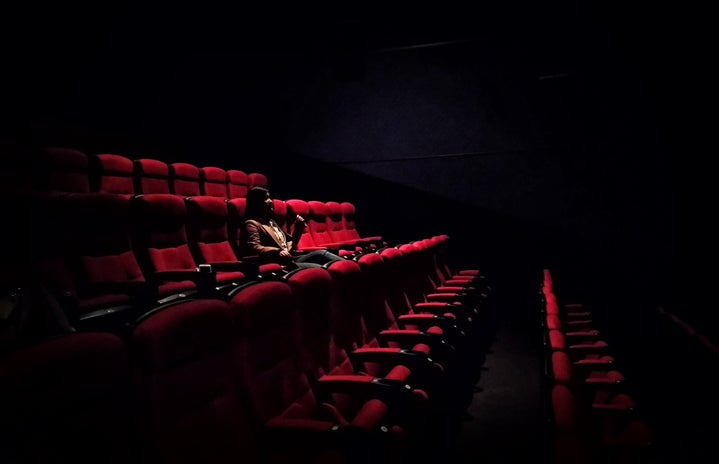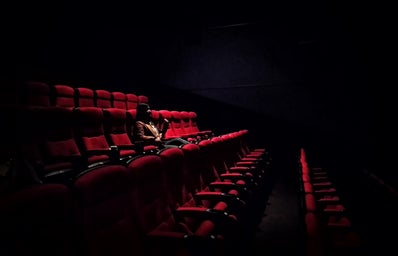Wes Anderson’s latest film The French Dispatch is pitched as a “love letter to journalists,” and it is just that. The film is set in the fictional town of Ennui and takes viewers through the latest edition of a local magazine, The French Dispatch.
Anderson’s love of journalism, particularly for publications like The New Yorker, is apparent through this brilliant work. Many of the fonts and designs are reminiscent of the publications’ aesthetic style. Even the clever ways in which the stories are narrated remind one of the quirky ways some op-ed articles read. Despite being a sort of homage to a rather large publication, Anderson largely portrays the importance and charm of small-town journalism. The setting itself, the town of Ennui is a French word for “listlessness from lack of excitement.” This definition leads a more observant viewer to believe that the pieces featured in the film will be rather silly or serve as simple, unimportant news stories, but on the contrary, each featured section is filled with excitement and interesting detail that proves every piece of journalism is important.
The film features a travelogue, an Arts & Life section, a Features section, a Food section and an Obituary. Each separate section is told to us through an entirely different plot with different actors. In a way, that isolates each story and showcases each reporter’s intimate process and experience, thus illustrating the importance of each piece of writing. As a young journalist, this way of storytelling really spoke to me and was relatable in its embellished honesty. Combined with Anderson’s usual quirky film style of symmetrical scenes, muted colours and witty humour, this romanticized and whimsical view of journalism rings true and reminds me of the movies and shows that inspired me to pursue this field of work as a child.
In terms of filmography, this film stands out among the top of Anderson’s work and features some of his usual techniques amid new ones. For example, some scenes switch from black and white to colour, and often one character is speaking French while the other one English, yet the conversation remains intact. One particular standout scene is featured in the Food section and includes a description of a meal and all of its courses juxtaposed with a rescue plan. The screen beautifully showcases both aspects of the story without overwhelming the viewer, all while illustrating how journalists can truly tell two stories through one piece of writing.
Each witty detail is not only an homage to the craft but also a showcase of Anderson’s skill as a director. Pitch perfect casting, stunning filmography and unconventional yet effective storytelling make The French Dispatch a must-see film!


